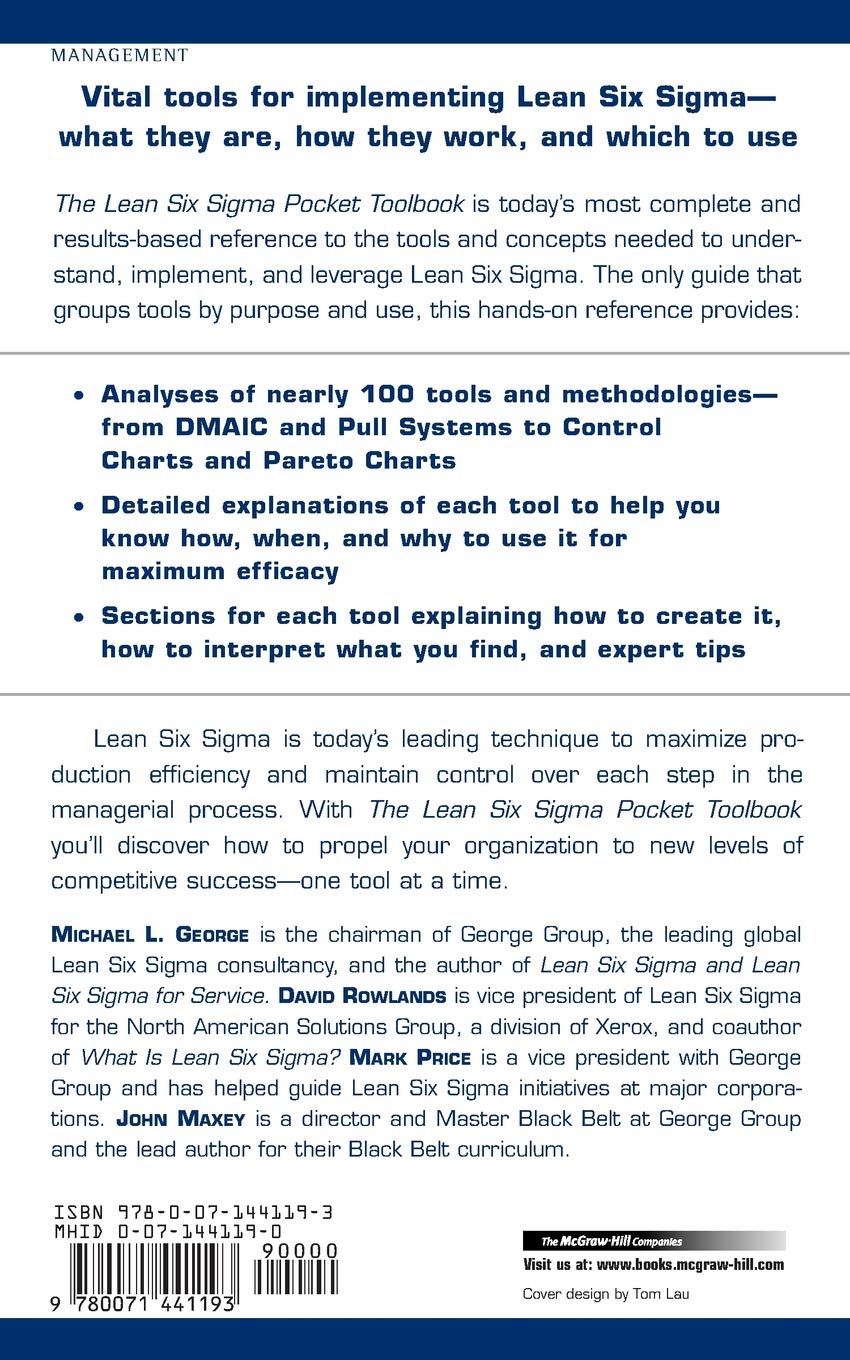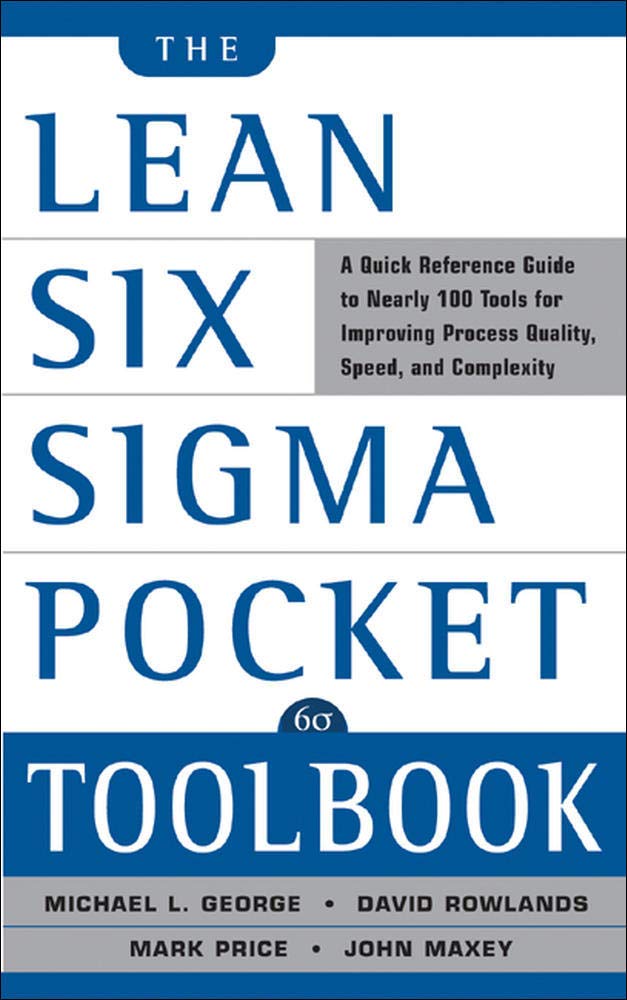As a passionate reader and frequent seeker of practical knowledge, I recently delved into The Lean Six Sigma Pocket Toolbook, a compact guide that merges Lean and Six Sigma tools and concepts. What drew me to this book was its promise of expert advice on selecting the right tools for various situations—a vital skill for anyone involved in process improvement.

The pocket-sized format appealed to me; I appreciate references that I can easily carry around. The book is designed with Green and Black Belts in mind, and as I’m venturing into project management, it felt like the perfect companion to help bridge my academic learning and practical application. The promise of comprehensive coverage of essential Lean and Six Sigma tools, with clear examples and step-by-step instructions, set high expectations.
What I love about this book is how it effectively groups the tools by their purpose and usage. It includes brief summaries of roughly 70 key tools, including ones like “Pull,” “Heijunka,” and “Control Charts.” I found the sections on the DMAIC (Define, Measure, Analyze, Improve, Control) cycle especially useful—they provide a quick reference that can assist in diverse situations at work. The layout is clean, making it simple to find information without getting lost in a sea of content.
Another positive point echoed by fellow readers is that it is indeed easy to read and understand, with clear diagrams that help solidify concepts. For instance, one reviewer mentioned how the book served them well as a teaching tool, which I can believe, given its straightforward explanations and practical approach. It provides enough depth to build a foundational understanding without overwhelming beginners, all while being portable enough to carry in a work bag.
However, no book comes without its flaws. Some readers have noted the organizational structure could leave much to be desired. Notably, while the tools are informative, they aren’t sequenced according to the typical DMAIC process, which can confuse those who expect a more structured learning pathway. There’s certainly some wisdom in having the tools arranged in a more logical flow, which could enhance comprehension—especially during initial introductions to the methodologies.
Additionally, I encountered a few minor typographical errors, which may detract from the reading experience for some. While these do not impact the technical accuracy significantly, they can be a nuisance for those looking for a polished text. The Kindle version also garnered mixed reviews, as many users expressed frustration with the lack of consistent page numbering, which is critical for referencing materials in a classroom setting.
Despite these drawbacks, I largely agree with other readers who have praised The Lean Six Sigma Pocket Toolbook. It truly stands as an invaluable resource for quick reference on the job and aligns well with the expectations set forth in the product description. I felt that the book did a commendable job in melding the dense materials of Lean and Six Sigma into an accessible format, making it a feasible tool for both novice and seasoned practitioners.
In conclusion, I would wholeheartedly recommend The Lean Six Sigma Pocket Toolbook to anyone looking for a practical guide to Lean and Six Sigma methodologies. It shines as a quick reference tool, perfect for both academic and workplace settings, despite its organizational shortcomings. For those eager to enhance their project management toolkit, this compact book is a trustworthy companion. With a solid rating of 4.5 stars, it provides a valuable balance of depth and accessibility, ensuring it holds a respected place on my shelf.







